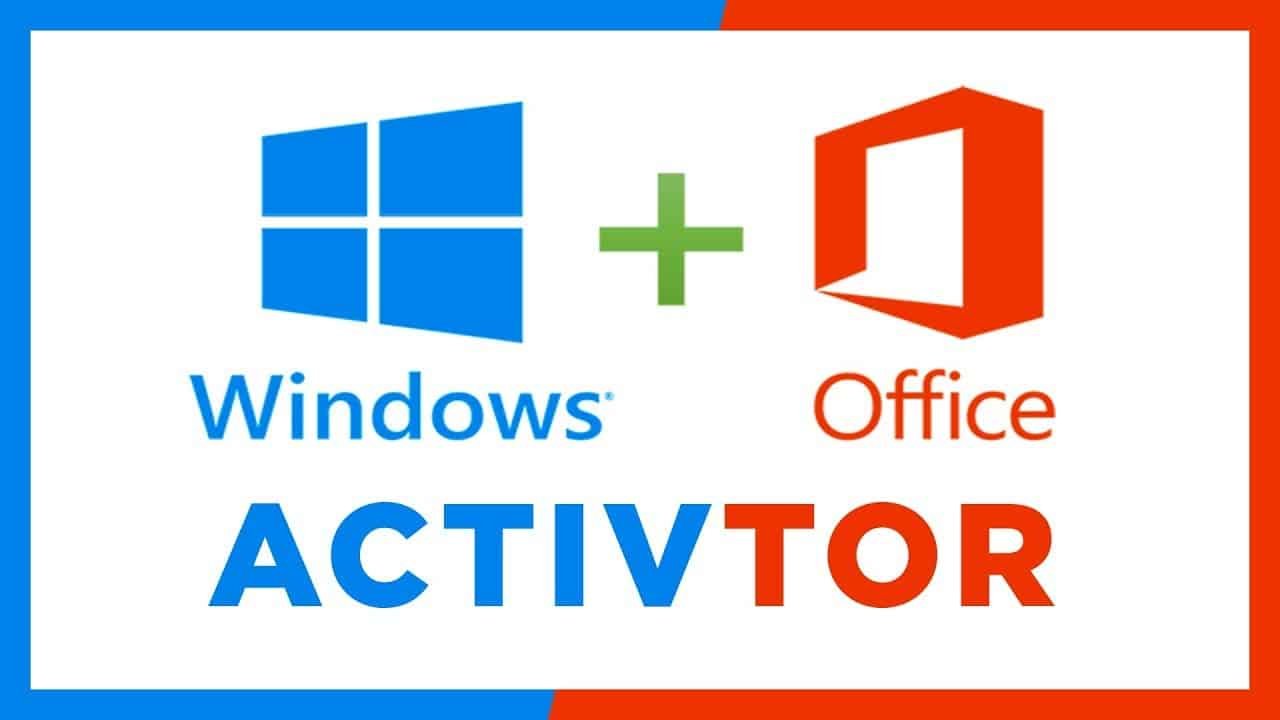Unveiling Windows KMS Activator: A User’s Guide

Windows KMS Activator is a widely discussed tool in the realm of software activation. It’s a popular solution for individuals and organizations looking to activate Microsoft Windows and Microsoft Office products. While this tool can be a practical solution for users seeking to avoid expensive licensing fees, it’s essential to understand how it works and its legal implications. In this article, we’ll delve into the world of Windows KMS Activator, discussing its functionality, potential risks, and the best practices for its usage.
Understanding KMS Activation
KMS, or Key Management Service, is a technology developed by Microsoft to activate volume-licensed versions of their software products. It’s mainly used by organizations that have numerous Windows or Office installations and want to manage them efficiently without entering individual product keys for each installation. KMS allows these organizations to activate their software centrally through a server.
Windows KMS Activator, also known as Windows Key Management Service Activator, is a third-party tool that emulates the functionality of Microsoft’s KMS service. This tool is primarily used to activate Windows and Office products, simulating a KMS server, without requiring a legitimate product key. It’s typically used by individuals or organizations who want to use Microsoft software without purchasing licenses.

The Legality of KMS Activators
It’s crucial to understand that using Windows KMS Activator or similar tools falls into a legal gray area. Microsoft’s licensing terms explicitly state that using unauthorized activation methods, including KMS emulators, is against their terms of service. If you or your organization is caught using KMS activators in violation of licensing agreements, there can be legal consequences, including fines or other penalties.
Moreover, relying on KMS activators means you’re not receiving official updates or support from Microsoft, which could lead to security and compatibility issues. It’s always advisable to adhere to legal and ethical standards by acquiring legitimate licenses for Microsoft products.
Potential Risks of Using KMS Activators
Using Windows KMS Activator poses several potential risks:
- Legal Consequences: As mentioned earlier, using unauthorized activation methods can lead to legal repercussions. Microsoft takes software piracy seriously and may pursue legal action against violators.
- Security Concerns: KMS activators often require elevated permissions to modify system files. This creates a security risk, as you may inadvertently introduce malware or other malicious software into your system when downloading and using these tools.
- Unreliable Updates: Activated systems may not receive official updates, patches, or security enhancements. This can leave your system vulnerable to security threats and bugs.
- Compatibility Issues: KMS activators may not work well with all Windows or Office versions. Compatibility problems can lead to system instability or crashes.
How to Download
Click on the given button and run as admin
Best Practices
If you are still considering using a KMS activator, you should do so with caution:
- Legal Compliance: Always prioritize legal compliance. Ensure your organization has the necessary licenses for Windows and Office products. This will protect you from potential legal issues and guarantee that you receive legitimate updates and support.
- Security Measures: If you do decide to use a KMS activator, make sure it’s from a reputable source. Run a thorough malware scan on the file and take extra precautions to protect your system.
- Stay Informed: Be aware of the potential risks and consequences of using KMS activators. Regularly review Microsoft’s licensing terms and compliance requirements.

Conclusion
Windows KMS Activator and similar tools might seem like a convenient way to activate Microsoft products without purchasing licenses, but they come with significant legal, security, and ethical risks. It’s always advisable to obtain legitimate licenses for Microsoft software, ensuring both legal compliance and the best user experience. While KMS activators might offer short-term benefits, the long-term costs and risks often outweigh the savings.
Also Read- How To Get A Sponsor For Youtube Channel







